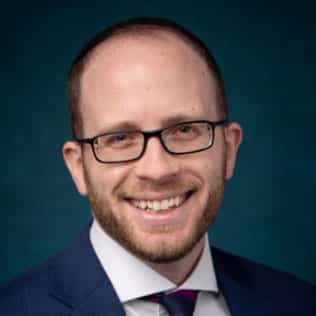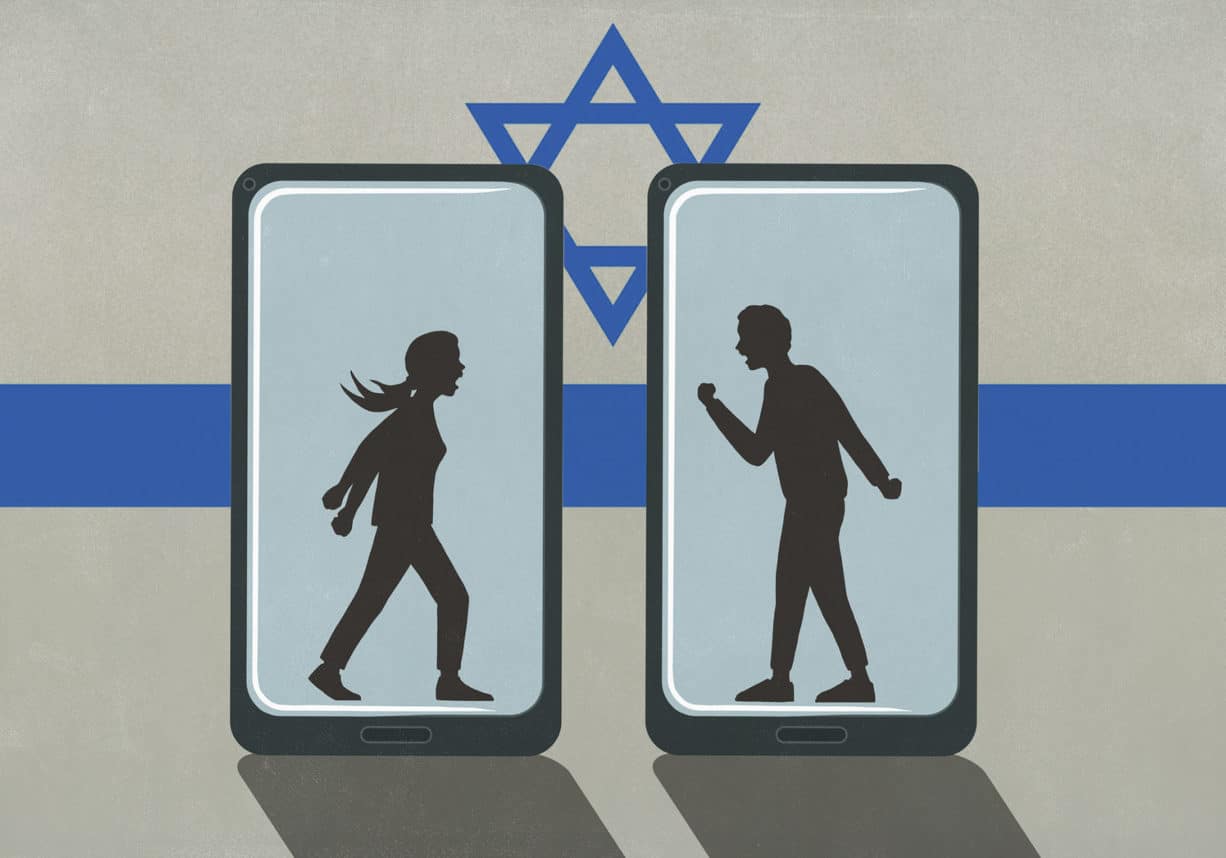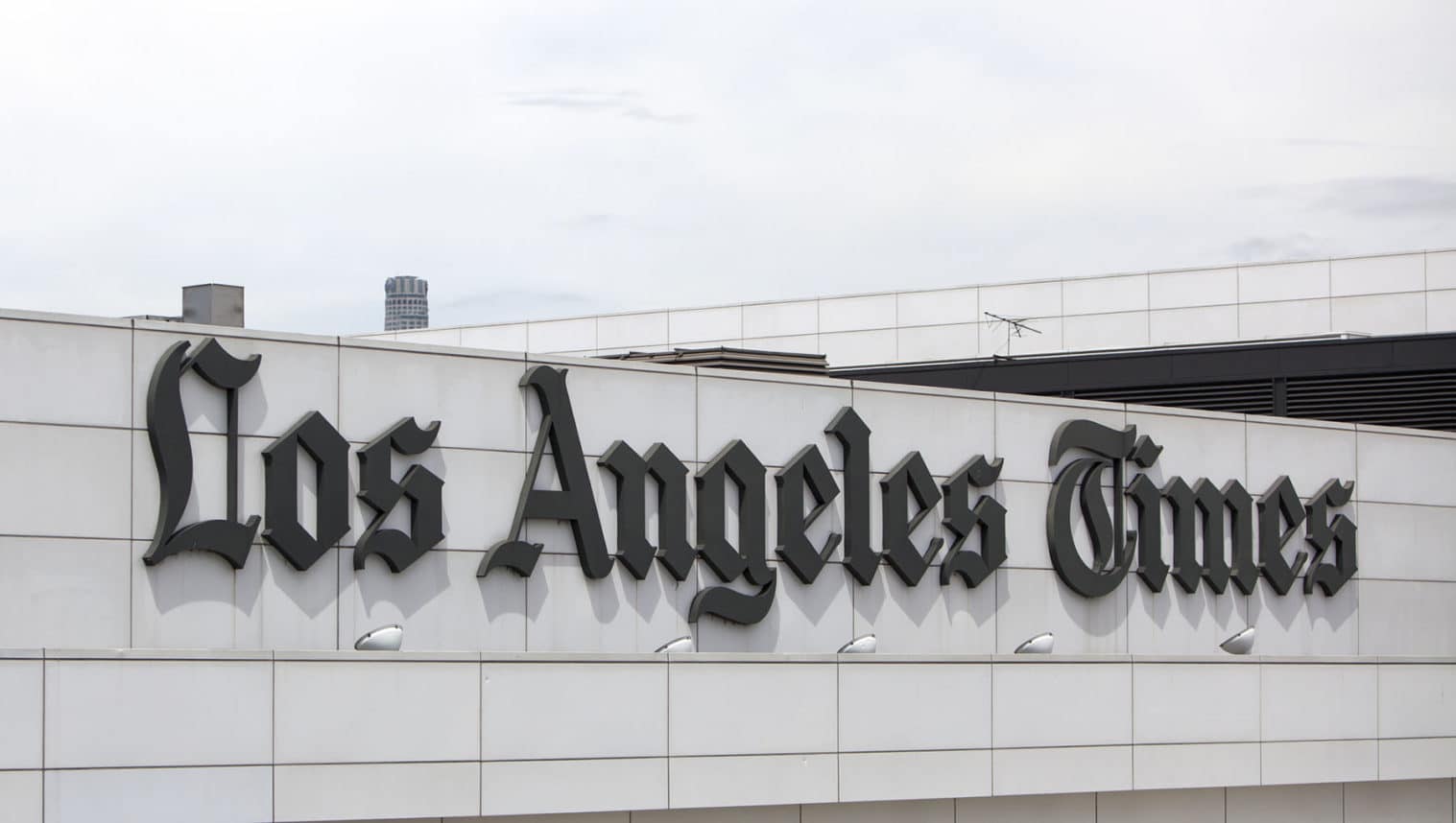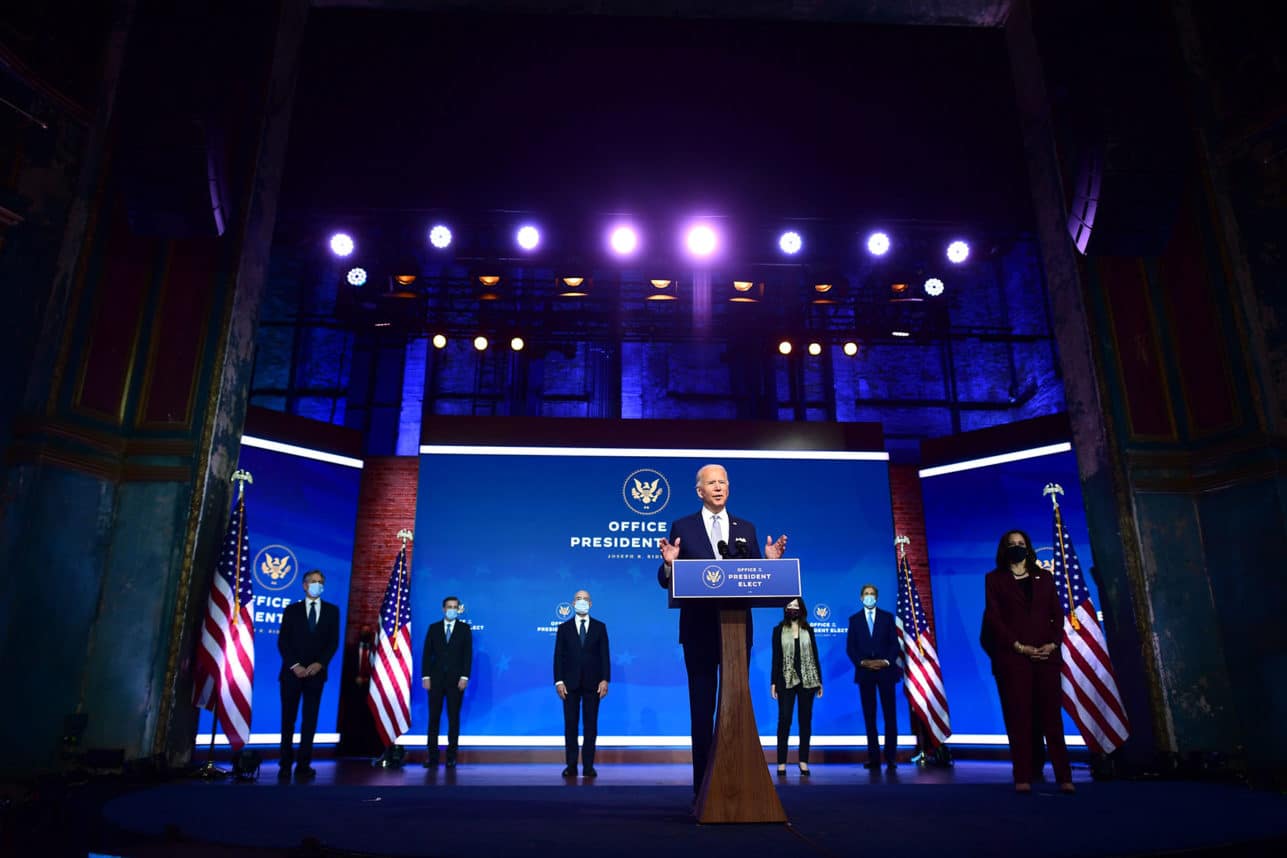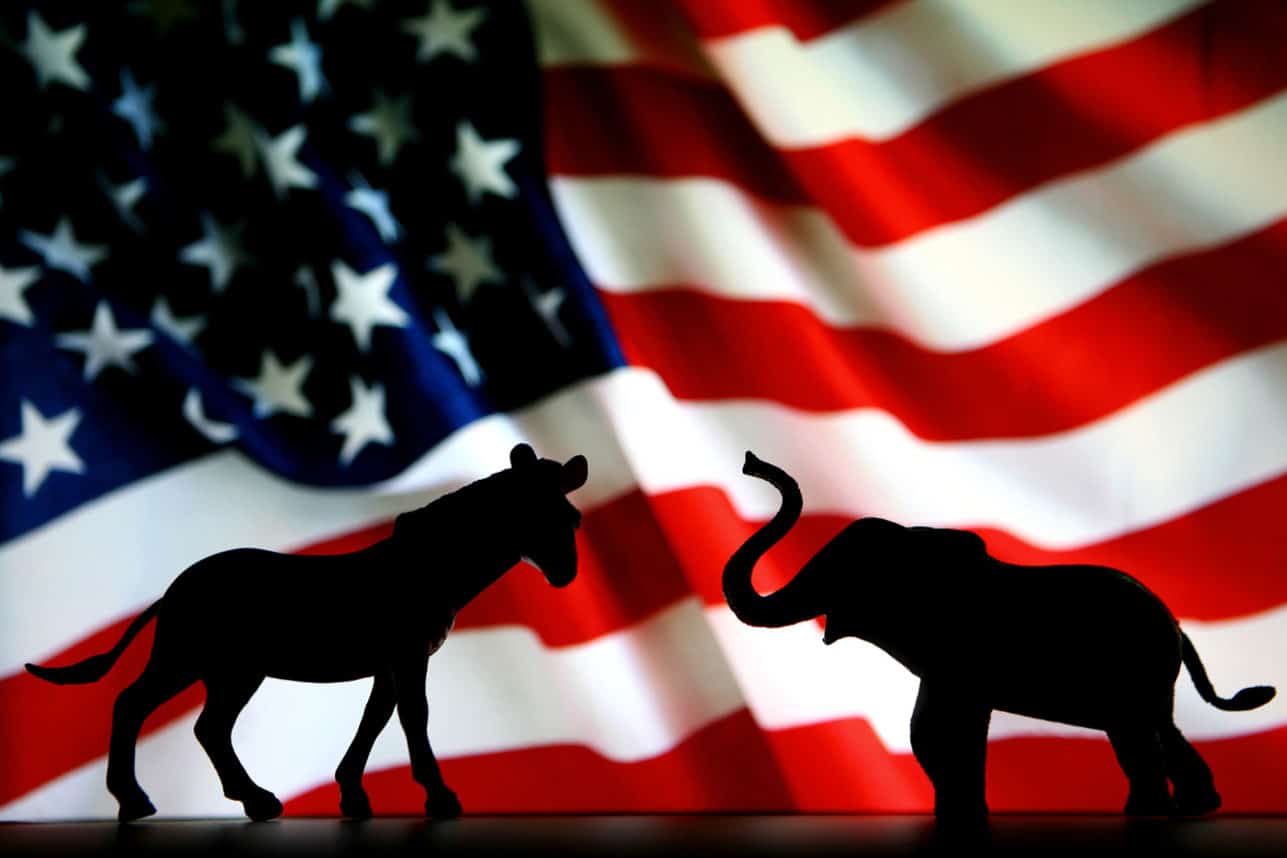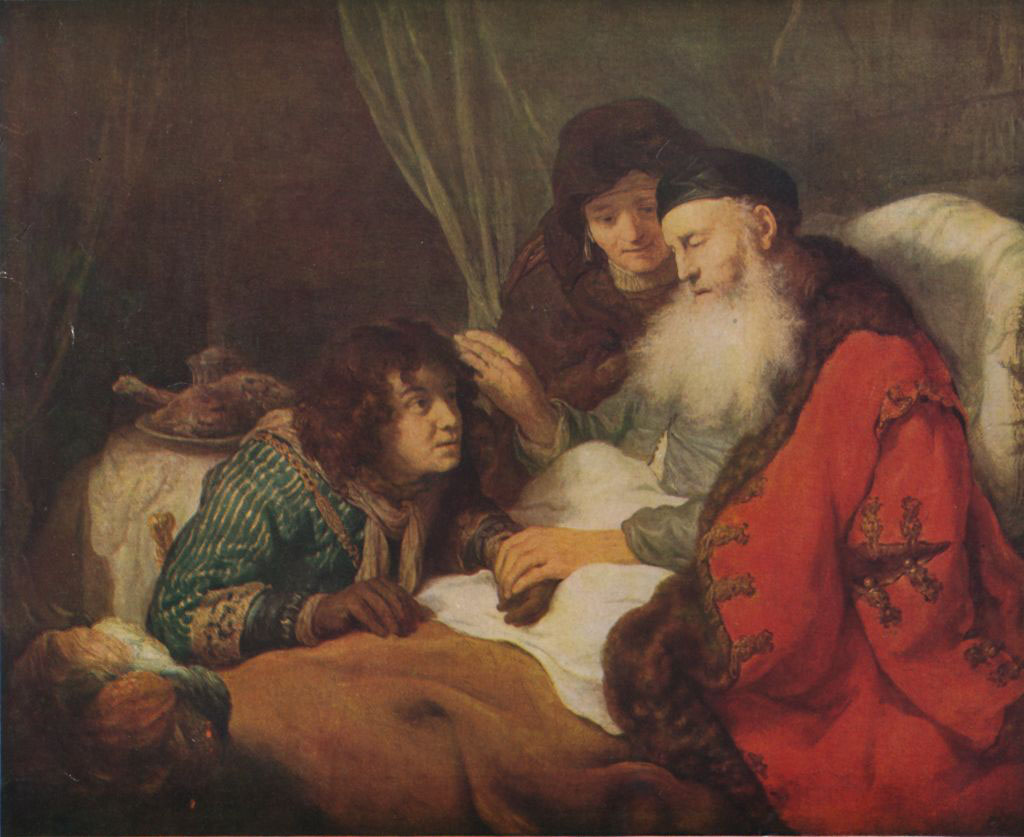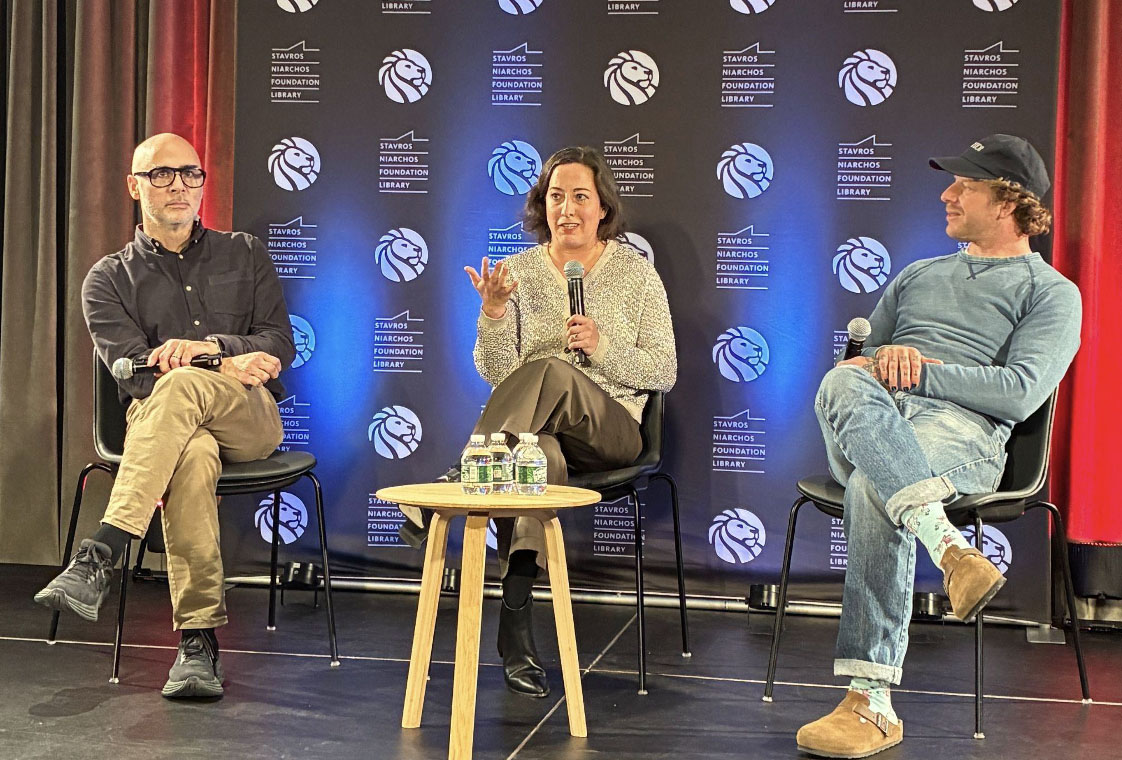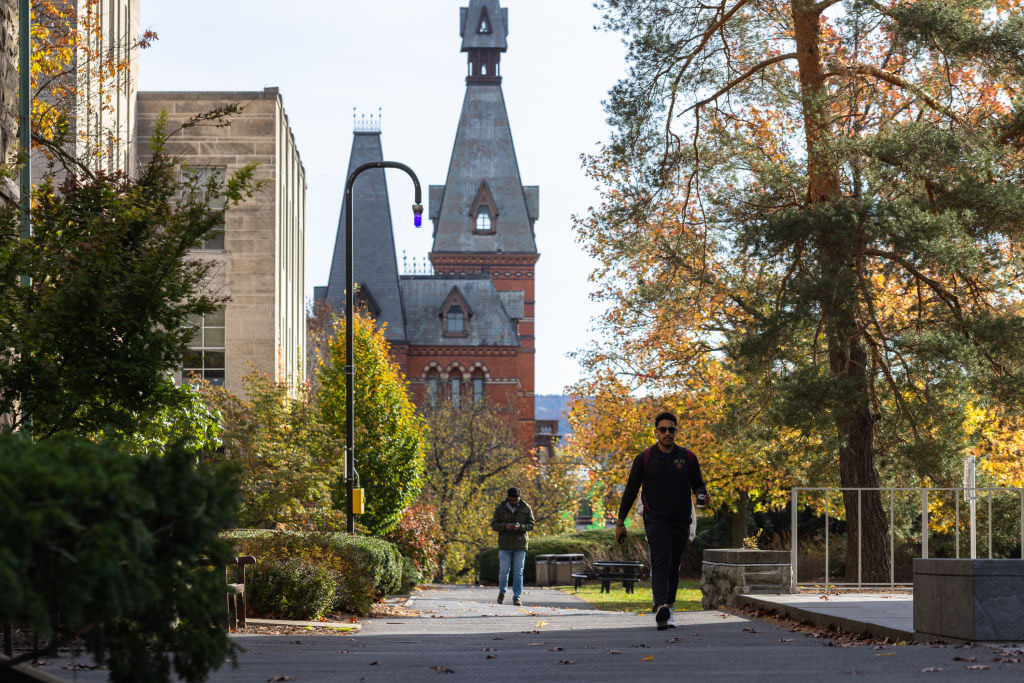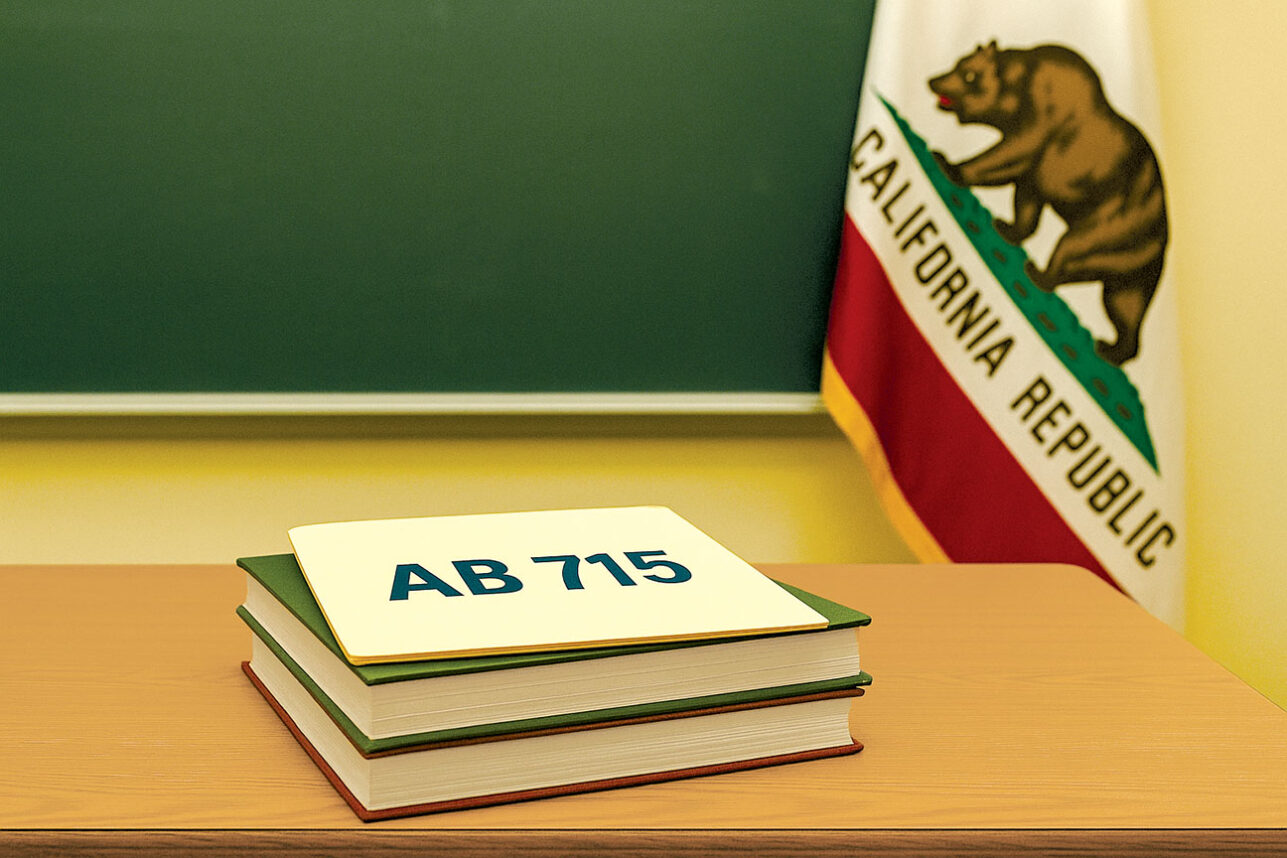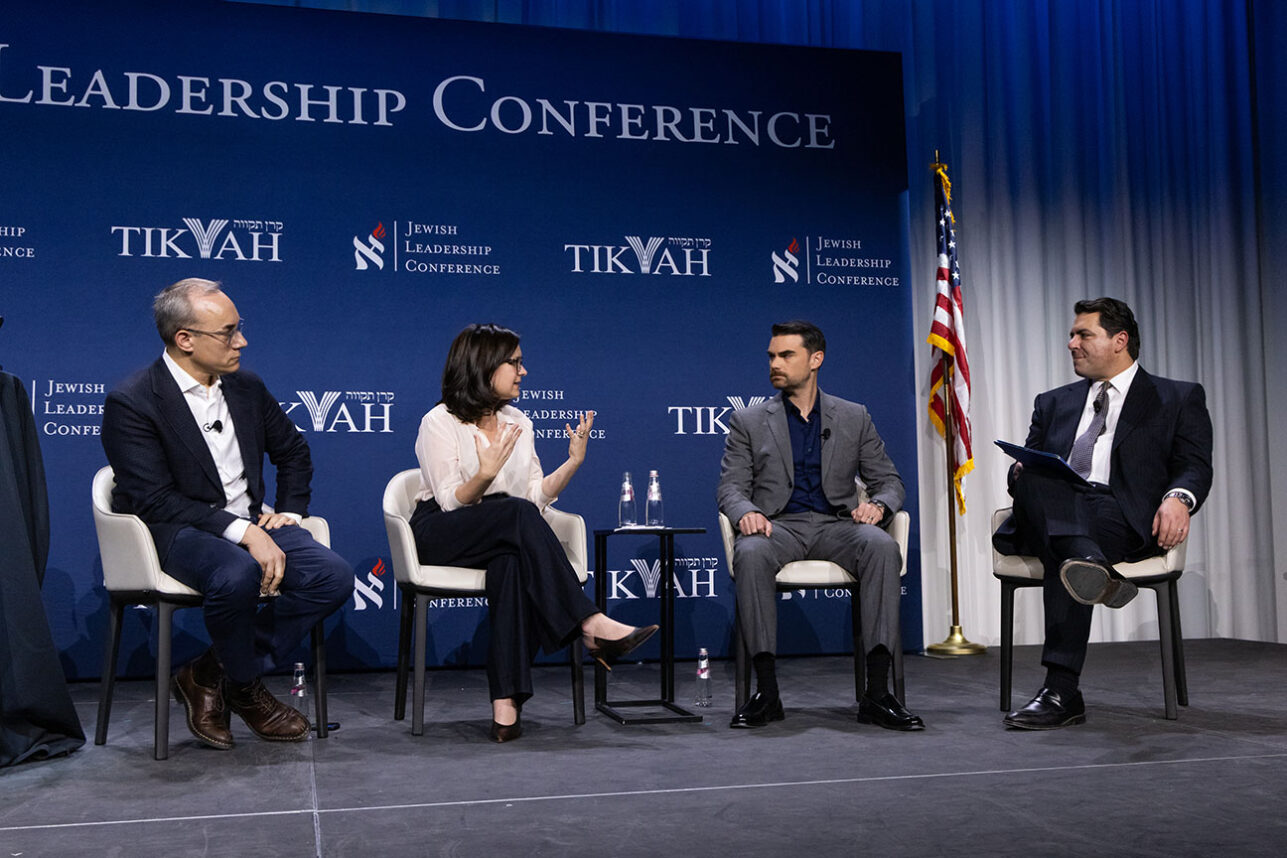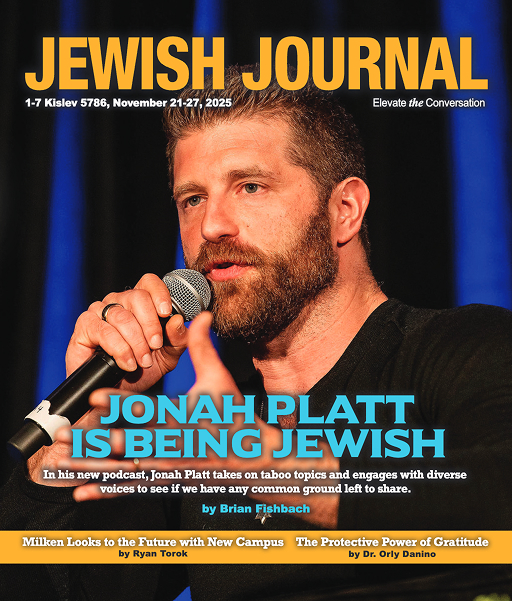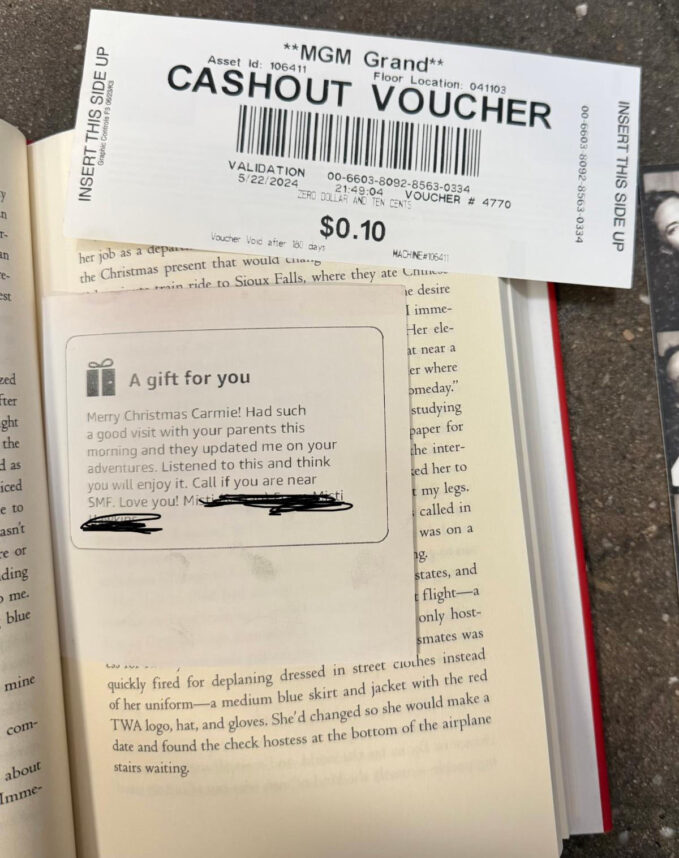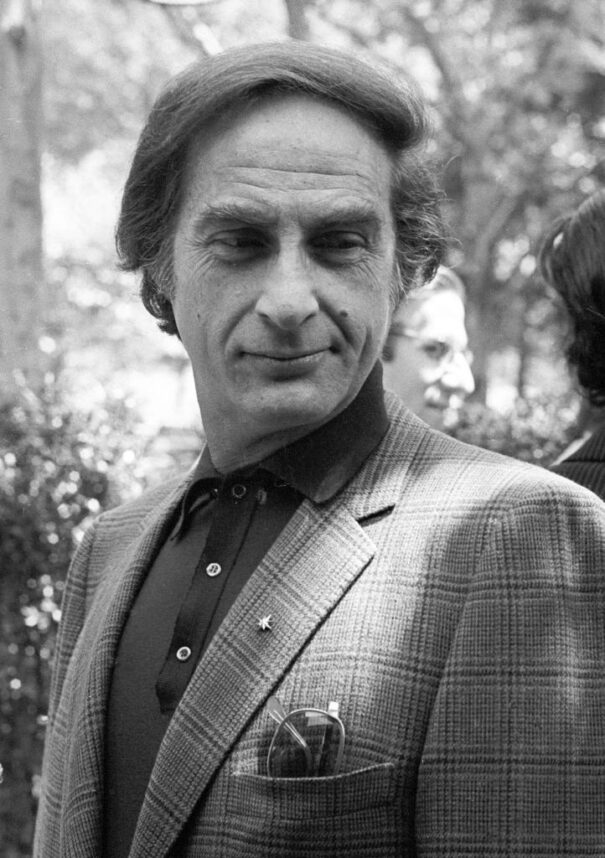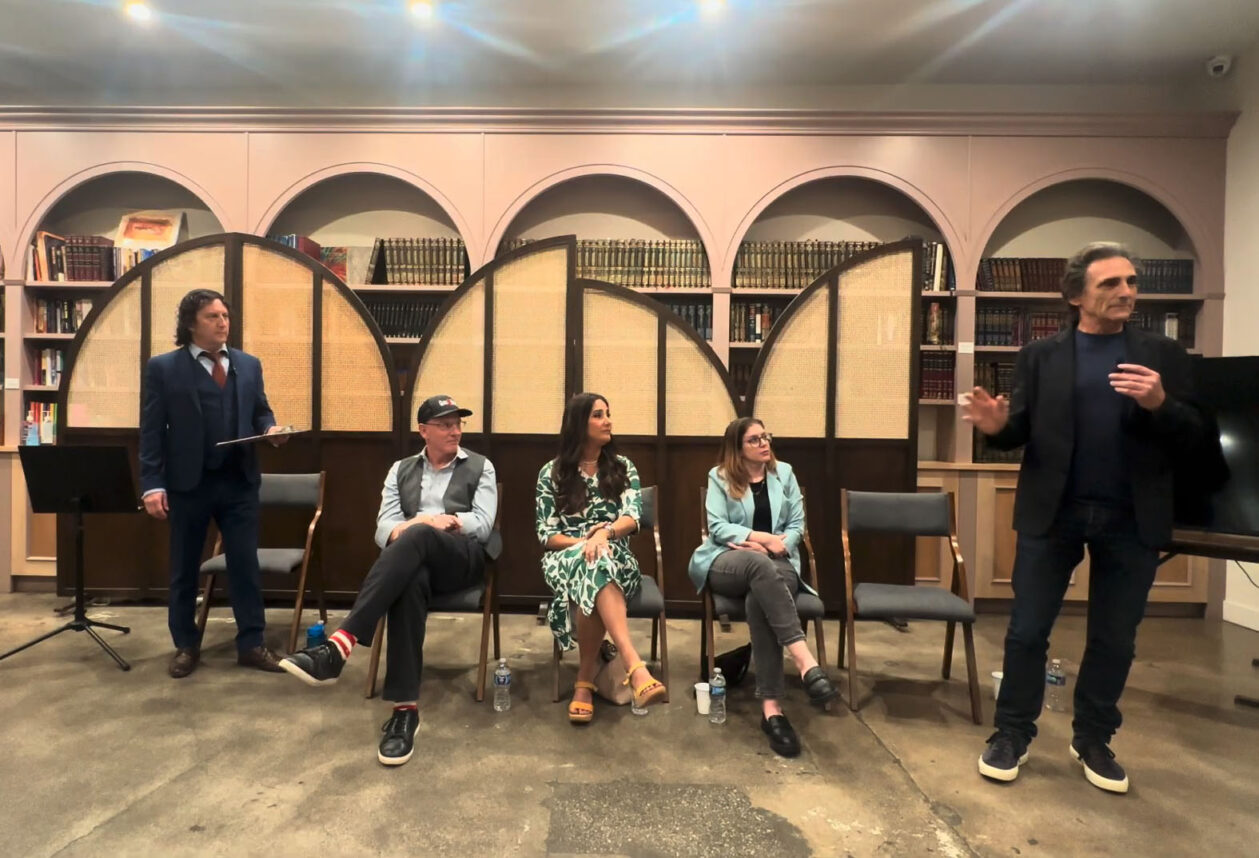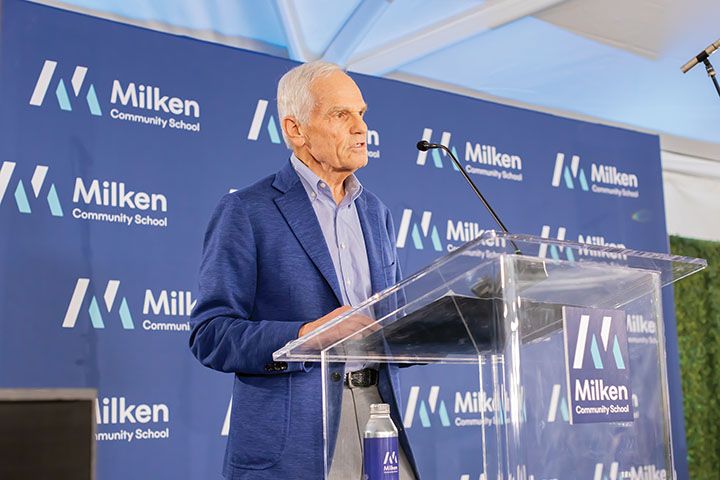
Daily headlines debating certain countries’ recognition of a Palestinian state despite (or because of?) Hamas’ Oct. 7, 2023 terrorist attack against Israel has brought to the forefront a focus on flags. National symbols, after all, stand as points of pride for distinct populations.
With Simchat Torah approaching then, it’s worth noting how for centuries, Jews have turned to flags as an expression of faith that the Jewish story would continue, despite our enemies’ claims to the contrary.
As the National Library of Israel has documented on its blog, “The Librarians,” “When not busy elbowing each other during the hakafot in an attempt to touch and kiss the Torah scroll leading the procession, the Jews of 16th century Eastern Europe grappled with the question of how to involve the children of their communities in the Simchat Torah celebrations. In order to solve the problem, the community adults designed a symbolic item which fit the children’s dimensions – the Simchat Torah flag.”
The Library’s archives house a breathtaking array, including 18th century woodcuts from Amsterdam, greeting cards depicting artistic renditions from 19th century New York, and others from Eastern European communities of the early 20th century. As the head of content at Yad Vashem, Chen Malul, has noted, “Jews of Eastern Europe designed Simchat Torah flags reminiscent of the banners of European knights and cities, but replete with Jewish motifs. Thus, the members of the community hinted that the flags of the Jewish people – in contrast with medieval Christian tradition – were flags of the Torah and its commandments, and not symbols of warfare and bloodshed.” A stunning sample from more modern times, a 1902 flag from Warsaw, depicts the icons of the Twelve Tribes, a menorah, a Star of David – with Moses, Aaron the High Priest and Theodor Herzl in the center.
Another banner from the same year, this one from Belarus, pictures Moses holding what appears to be the new law book for the Jewish people inscribed with “Our hope is not yet lost” (a line from “Hatikvah,” which would later become the national anthem of the Jewish State).
In the early years of the revived Jewish national homeland, flags reflected the longing and desire for access to local meaningful historical and religious sites, including the Western Wall and Rachel’s Tomb. Following the reunification of Jerusalem in 1967’s Six Day War, the Western Wall and Rachel’s Tomb now were depicted on flags in ways that matched the reality – with children rejoicing on location. As the late British Chief Rabbi Lord Jonathan Sacks noted, “The reborn State of Israel in a mere 70 years has surely exceeded even the highest hopes of the early pioneers of the return to Zion, and this despite the fact that it has had to face almost ceaseless threats of war, terror, delegitimization and defamation. Despite all this, it stands as a living testimony to Moses’ great command: ‘Choose life, that you and your children may live.’”
This year, the Simchat Torah Challenge, a Jewish educational organization funded by the investor and philanthropist Daniel Loeb, commissioned modern Jewish artists, including the LA-born Hillel Smith, to make their own flag designs, which are shared on the organization’s website. They also encourage their community of Torah learners to craft their own. As the organizers of this initiative note, “Today, you can find Simchat Torah flags in Jewish communities around the world. Their flags are not just religious symbols – they’re cultural expressions of where they come from, whether ultra-Orthodox communities, secular Israeli kibbutzim, or the creative mind of a young child sticking apples atop their flagpoles or creating paper-flaps to mimic holy arks.”
As we dance with the scrolls bearing the Five Books of Moses this Simchat Torah, then, let’s pause to salute the banners in the crowd, held by countless Jewish kids across the globe. They stand as symbols of our flourishing Jewish state, flags of faith.
Rabbi Dr. Stuart Halpern is Senior Adviser to the Provost of Yeshiva University and Deputy Director of Y.U.’s Straus Center for Torah and Western Thought. His books include the newly released “Jewish Roots of American Liberty,” “The Promise of Liberty: A Passover Haggada,” “Esther in America,” “Gleanings: Reflections on Ruth” and “Proclaim Liberty Throughout the Land: The Hebrew Bible in the United States.”

